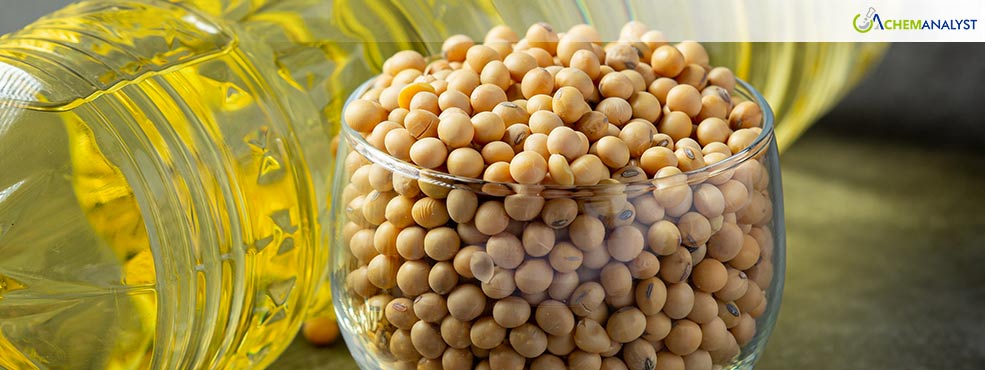European Soya Lecithin Market Faces Continued Price Pressure Through Q4 2024
- 19-Nov-2024 10:00 PM
- Journalist: Francis Stokes
The European Soya Lecithin market is experiencing a significant downward price trajectory, with industry experts projecting this trend to persist through the end of 2024. Multiple factors are contributing to this bearish market sentiment, creating challenges for producers while potentially benefiting end-users across various industries.
With respect to the supply side, a substantial increase in soybean production across European regions has emerged as a primary driver of the price decline. The robust harvest season has led to higher availability of raw materials for lecithin production, creating downward pressure on prices concerning the Soya Lecithin. Industry data indicates that soybean stock levels are notably higher compared to previous quarters, further contributing to the bearish market conditions. Soya Lecithin supply surge has coincided with modernized processing facilities coming online, boosting extraction efficiency and overall lecithin output. This technological advancement has further increased the supply-side pressure on market prices for Soya Lecithin, supporting an overall downward trend.
While at the same time, concerning the market Competition and Alternatives, the market is witnessing a structural shift as food manufacturers increasingly adopt alternative plant-based emulsifiers. Sunflower and rapeseed lecithin have gained traction in the organic and non-GMO segments, effectively reducing the demand for traditional Soya Lecithin. This diversification in emulsifier sources has intensified competition within the sector, forcing suppliers to adjust their pricing strategies. Consumer preferences for non-GMO and allergen-free products have accelerated this transition, leading to a more fragmented market landscape. Manufacturers are responding by developing specialized product lines, impacting on traditional Soya Lecithin's market share.
Moreover, recent improvements in trade relations between the European Union and major soybean-producing nations have facilitated an increase in competitively priced imports. This development has created additional price pressure in the European market with respect to Soya Lecithin, with domestic suppliers facing heightened competition from international sources. The situation is further influenced by optimized logistics networks and stabilizing freight charges, contributing to the overall pessimistic pricing dynamics.
While, witnessing the market outlook, Industry analysts anticipate this downward price trend to continue throughout the fourth quarter of 2024, citing persistent supply-demand imbalances. The combination of abundant supply, diversifying market preferences, and favorable trade conditions suggests that prices will remain under pressure in the near term.
A senior market analyst at a leading European commodities firm note, "The current market conditions represent a significant shift in the Soya Lecithin landscape. With production levels remaining robust and demand diversifying across alternative sources, we expect this pricing trend to continue through the end of 2024."
This market situation presents both opportunities and challenges for industry stakeholders, with downstream industries potentially benefiting from reduced input costs while producers navigate the challenging pricing environment. Manufacturers are advised to closely monitor market developments and consider strategic adjustments to their sourcing and production strategies.



